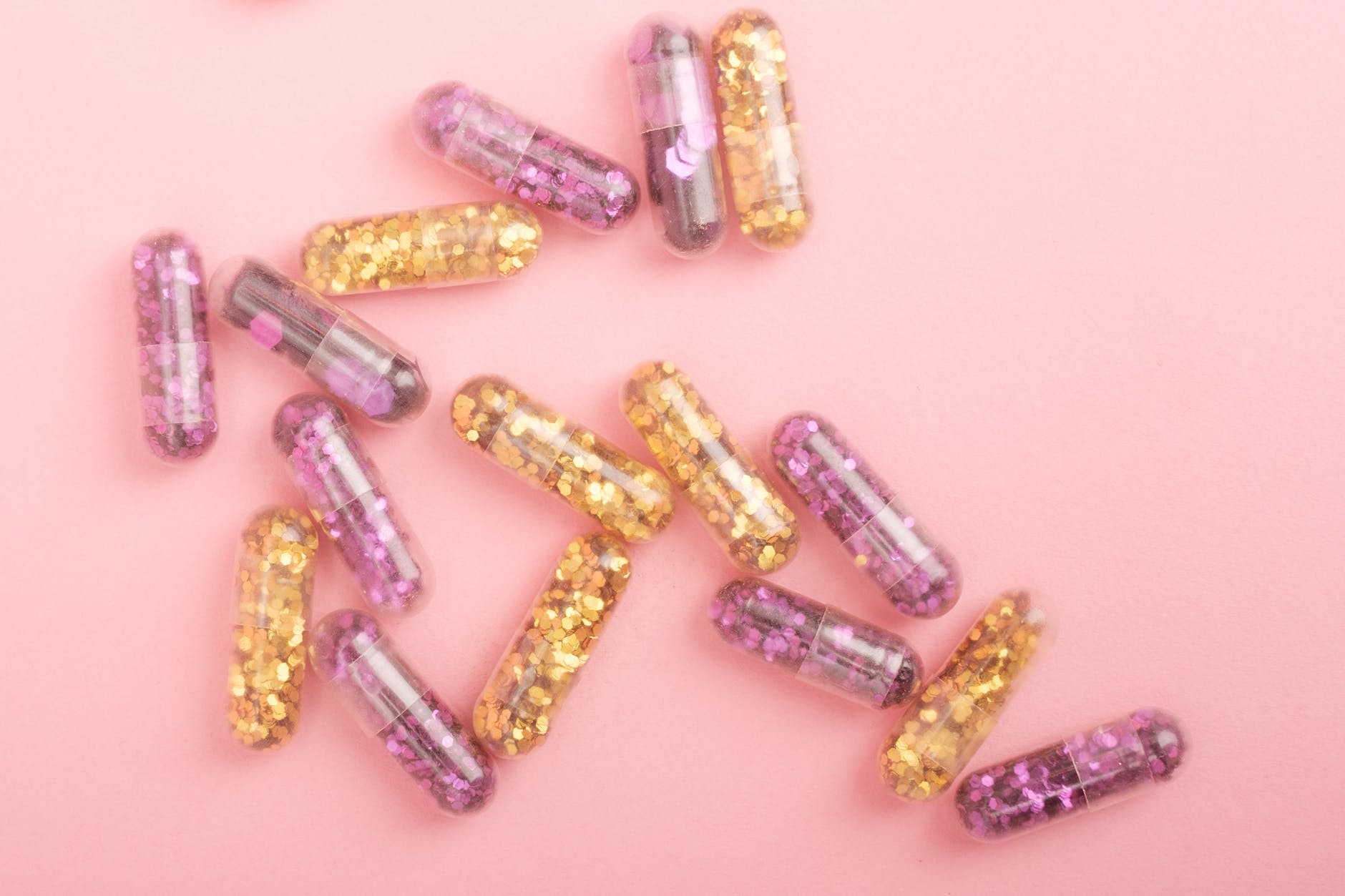Hans-Peter Fasching a Study Director from ViruSure in Austria presented at London Calling 2023 an eight-minute session entitled “Identification of viral contamination of biopharmaceutical product using nanopore sequencing.” They mentioned that ViruSure offers a variety of biosafety tests to the biopharmaceutical industry including qPCR, virus clearance, genetic stability, and many more. Fasching presented a case study. They used an in vitro adventitious agent testing (AAT) approach with three cell lines to maximize the chance of identifying a viral contaminant. The researchers observed cytopathic effect. The samples were from a bioreactor with cells of hamster origin, and four days after inoculation they observed a cytopathic effect. Fasching and team checked controls, equipment, possible cross-contamination, and other potential sources of contamination and error. Fasching noted that cell culture, microscopy, or PCR panels would be time consuming. They decided to extract RNA and DNA for Nanopore sequencing on R9.4 flow cells. For DNA samples, they used the PCR Barcoding Kit and generated 12.9 million reads and 17.6 Gb of data. The hits obtained with EPI2ME were likely retroviral. The first runs with cDNA from RNA extractions did not yield many reads. They then denatured dsRNA and obtained higher yields. Reads were obtained from the test sample but not the negative control. The reads were identified as EHDV segmented genome and confirmed by PCR. Fasching explained that EHDV and other reoviruses are endemic in most parts of the world, and the optimized protocols and Nanopore sequencing helped identify this contaminant quickly. I am curious about how they obtained their RNA and cDNA: what volume/number of cells did they use?



